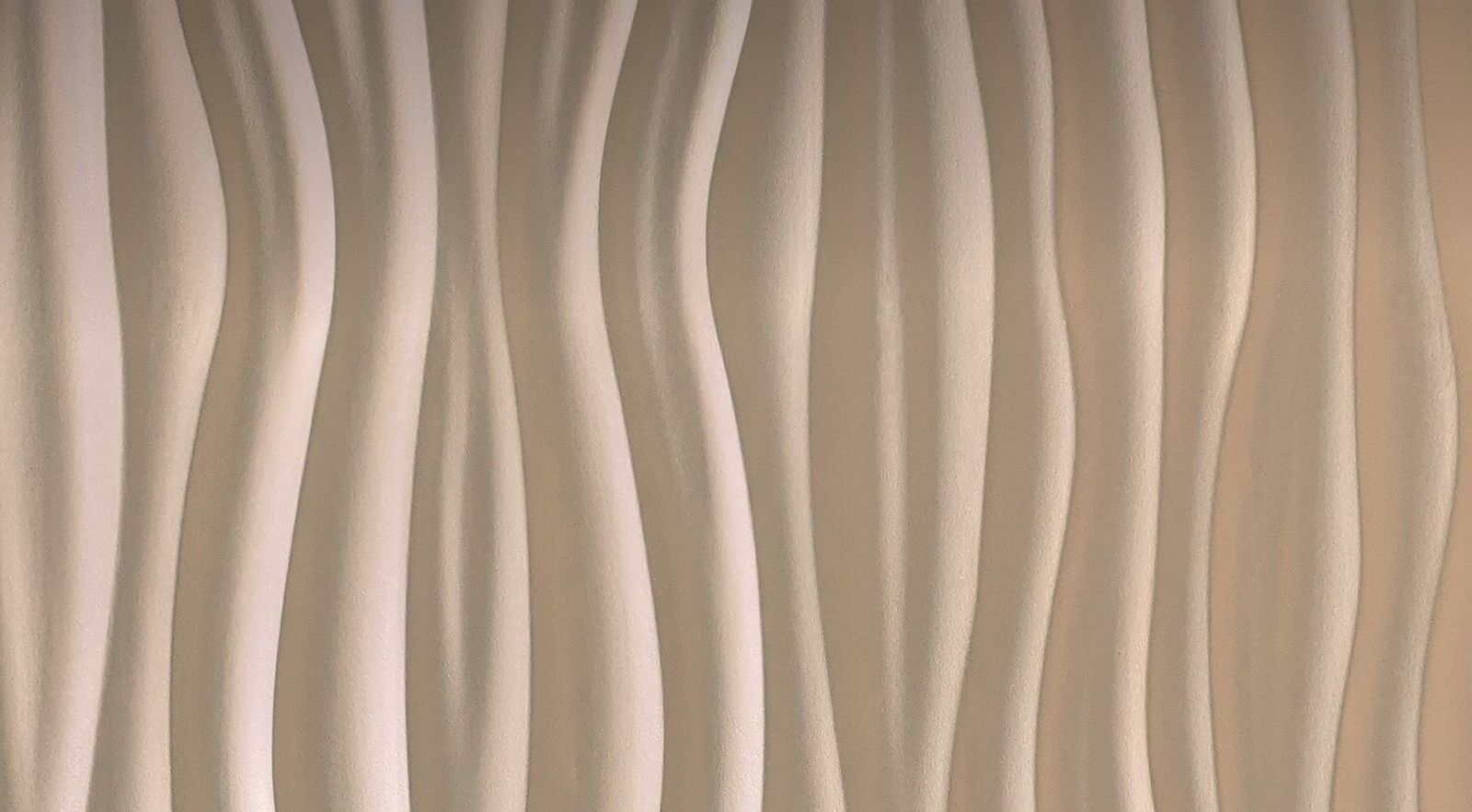

Skin. It is the largest organ on the human body. It creates a protective layer against heat, light, the environment, injury and infection. It helps regulate the body’s temperature; stores water, fat and Vitamin D; prevents entry of bacteria; and acts as a sensory organ. On average, an adult has between 18 and 20-square feet of skin, which roughly weighs six pounds.
There are three layers to skin:
Epidermis. This is the outer most layer that sloughs off dead skin cells and acts as a protective barrier against foreign bodies, infections and the sun. The epidermis also contains the cells (melanocytes), which are responsible for skin pigmentation.
Dermis. The middle layer of skin, the dermis houses hair follicles, sebaceous (oil) glands, sweat glands, capillaries (small blood vessels) and lymph vessels. It is held together by a protein called collagen. Sweat glands are part of the body’s cooling system. The dermis also contains touch and pain receptors.
Subcutaneous. This is the deepest layer of skin containing larger blood vessels and nerves. It is made up of a network of collagen and fat cells and plays an important role in the manufacture of Vitamin D, protecting against injury and conserving body heat.